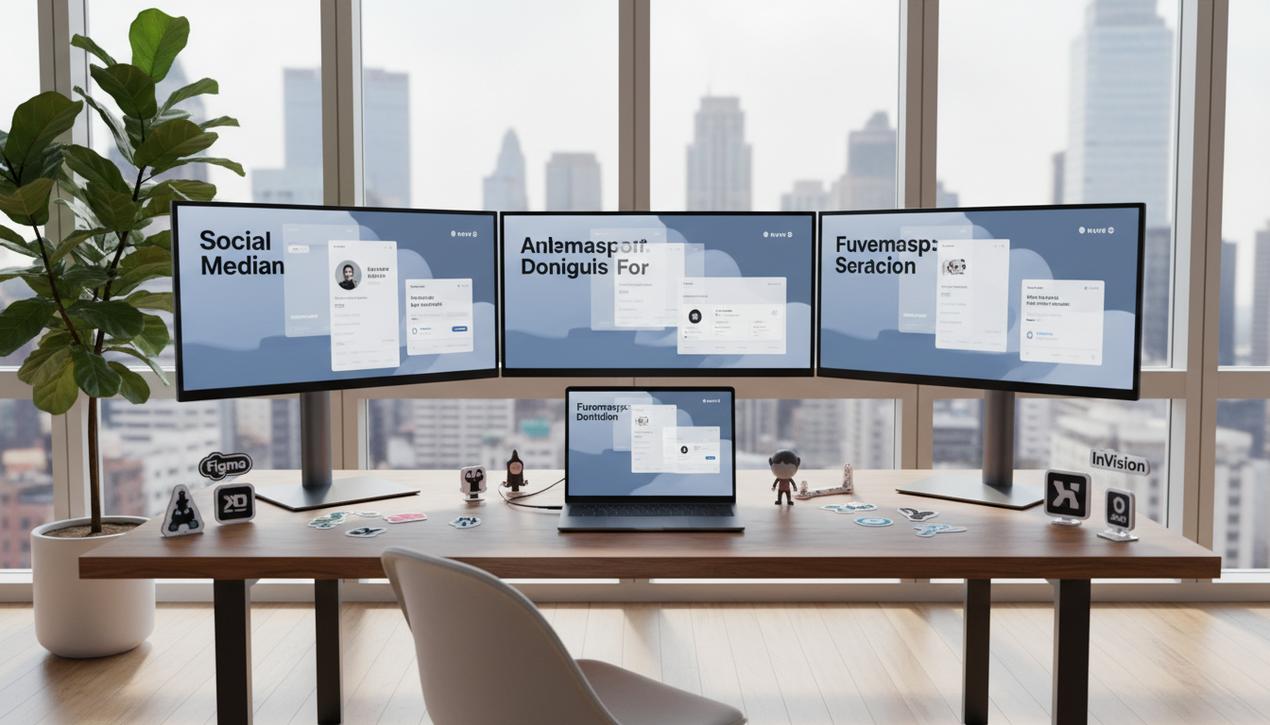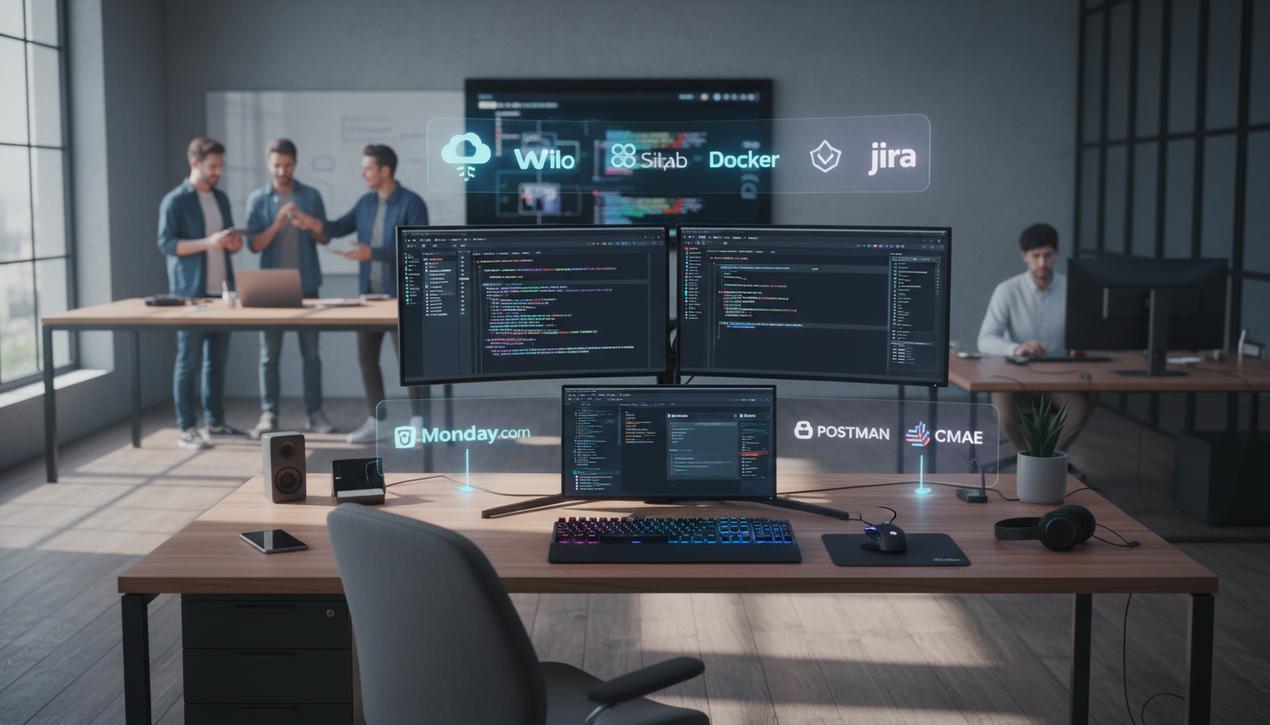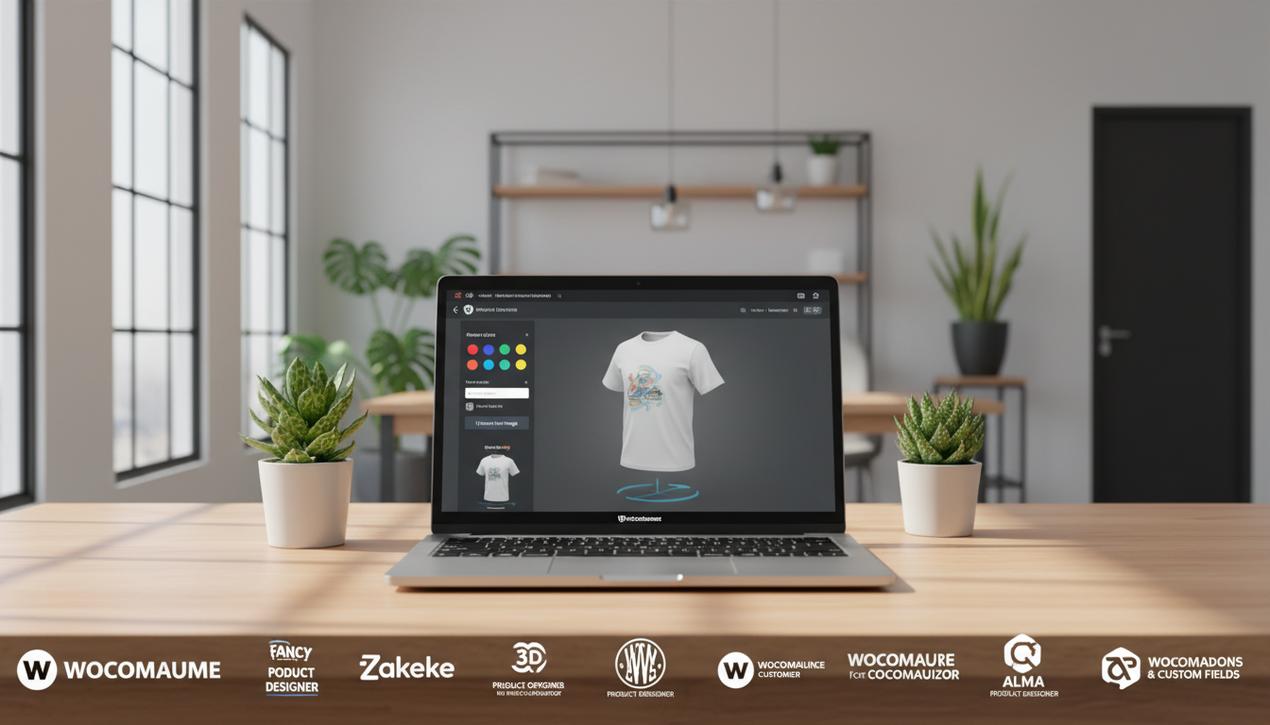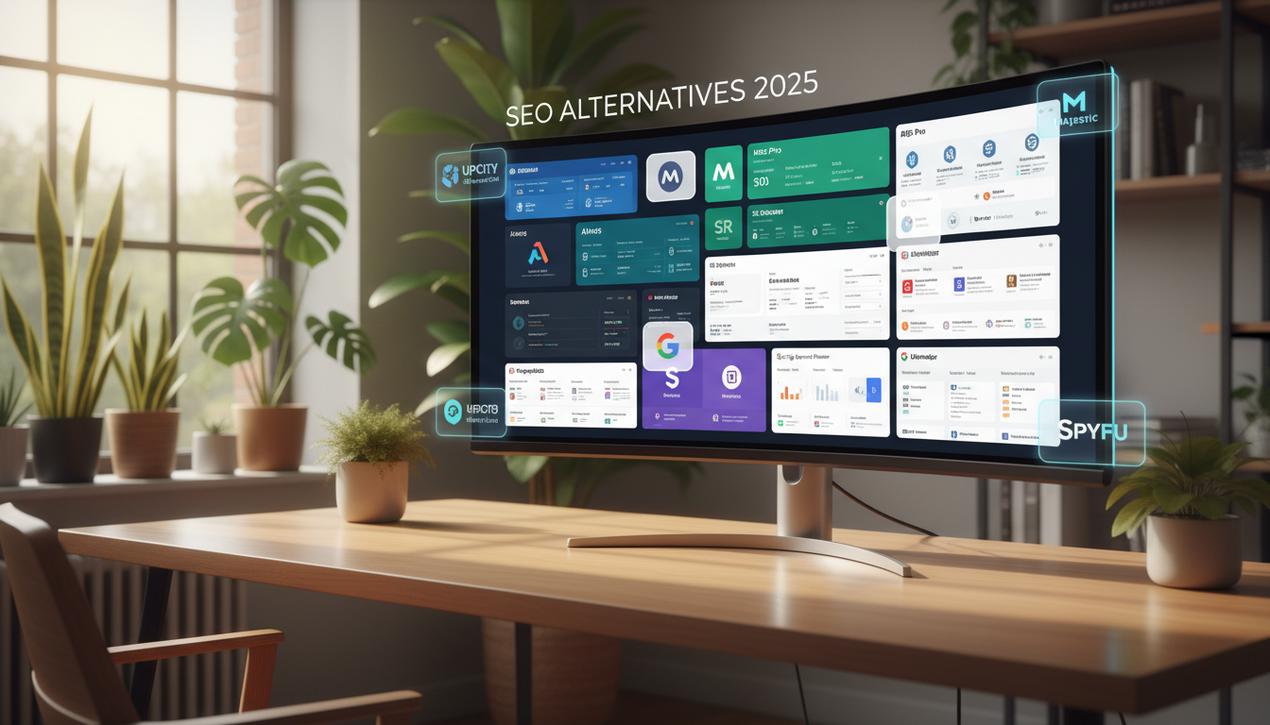The Ultimate Guide to Mobile App Design in 2025


With users spending over 90% of their mobile time in applications, the incentive for businesses to develop their own app is undeniable. However, the data for 2025 reveals a harsh reality: nearly 60% of apps are uninstalled within the first month, and about one in four are abandoned after a single use. Today’s mobile user is discerning; if the experience or design isn’t immediately satisfying, the app is deleted. A recent study highlights that a great user experience can boost conversion rates by up to 400%. This is why superior mobile app design is no longer a luxury but a critical strategic component for user retention and commercial success. It’s the cornerstone that elevates a simple tool into an engaging experience that users will want to return to day after day. This comprehensive guide explores the essential principles for creating a mobile app design that not only captivates but also retains your audience.
What Is Mobile App Design?
Mobile app design is a multifaceted discipline focused on creating an optimal user experience (UX) and user interface (UI) for mobile users. It goes far beyond mere aesthetics to encompass the entire interaction between the user and the digital product. The core pillars of this process are intuitive navigation, flawless ergonomics, high performance, and simplicity. A successful design makes an app feel effortless and enjoyable to use. It’s a crucial investment, as a high-quality user experience directly impacts conversion rates, user loyalty, and overall brand perception. It is the silent ambassador for your brand in the palm of your user’s hand.
The Critical Fusion of UI and UX Design
Understanding the difference between UI and UX is fundamental. While often used interchangeably, they represent two distinct but deeply intertwined aspects of design.
- UI (User Interface) Design: This refers to the visual and interactive elements of the app. It covers everything the user can see and interact with, including buttons, typography, color palettes, icons, and screen layouts. The UI designer’s role is to create an interface that is aesthetically pleasing, consistent, and easy to understand.
- UX (User Experience) Design: This is a broader concept that focuses on the overall feeling a user has while interacting with the app. The UX designer is concerned with the user’s journey, the logical flow of navigation, ease of use, and how effectively the app solves the user’s problem. Their primary goal is to make the experience seamless, intuitive, and valuable.
In short, UX is the functional skeleton, while UI is the visual skin. A beautiful app (great UI) that is confusing to use (poor UX) is destined to fail.
Key Mobile App Design Trends for 2025
The mobile design landscape is constantly evolving. For 2025, several powerful trends are shaping user expectations and leveraging new technologies.
Hyper-Personalization with AI
Artificial intelligence is enabling apps to deliver deeply personalized experiences. This ranges from tailored content recommendations, like those on Netflix and Spotify, to interfaces that dynamically adapt to a user’s behavior. Design must now account for dynamic components that can reconfigure themselves to present the most relevant information to each individual user.
Voice User Interfaces (VUI) and Conversational Design
With the rise of voice assistants, VUI is becoming a standard feature. Integrating voice commands for quick actions makes an app more accessible and convenient, especially for users on the go. Conversational chatbots are also being used to provide instant, personalized support within the app.
Immersive Experiences with Augmented Reality (AR)
Augmented reality has moved beyond being a gimmick. E-commerce apps like IKEA Place let users visualize furniture in their own homes, while others allow them to try on glasses or makeup virtually. AR design must be fluid, responsive, and seamlessly integrated with the real world to provide genuine utility and engagement.
Bold Minimalism and “Glassmorphism”
The trend towards clean, uncluttered interfaces continues with bold typography, generous white space, and striking, limited color palettes. A popular aesthetic is “Glassmorphism,” a style that mimics the effect of frosted glass, creating a sense of depth and hierarchy while maintaining a modern, lightweight feel.
14 Essential Principles for a Successful Mobile App Design
To ensure your app becomes a daily habit rather than a forgotten icon, adhere to these 14 foundational principles.
1. Nail the First Impression with Onboarding
The onboarding process is your one shot to make a great first impression. Guide users through key features simply and quickly, demonstrating the app’s value immediately without overwhelming them.
2. Keep the Core Purpose in Focus
Your app must solve a specific problem or fulfill a clear need. This core purpose should inform every design decision. An app without a clear goal will feel unfocused and ultimately useless.
3. Plan Navigation Before Visuals
Before you even think about colors and fonts, map out the information architecture and user flows by creating a detailed website mockup. A logical, intuitive navigation structure is the bedrock of a good user experience.
4. Avoid Feature Overload
Your app should not be a Swiss Army knife. Focus on a few core features that work perfectly. Limiting options makes the experience simpler and more direct, reducing cognitive load for the user.
5. Consider the Context of Use
Will your app be used for a few seconds while on public transport or during long sessions at home? The design—including button sizes, contrast, and layout—must be adapted to the real-world context of its use.
6. Prioritize Simplicity Above All
Originality should never come at the expense of clarity. Use standard icons and navigation patterns that users are already familiar with. Let your interface breathe with ample white space.
7. Offer a Dark Mode
Dark mode has become a standard user expectation. It reduces eye strain in low-light conditions and can conserve battery life on OLED screens. Ensure your color palette and contrasts are optimized for both light and dark themes.
8. Maintain Visual Consistency
Every screen in your app should share a consistent visual language. Use the same guide to web safe fonts, colors, and button styles throughout to create a unified and professional experience that reinforces your brand identity.
9. Use Push Notifications Sparingly
Notifications are a powerful engagement tool but can quickly become intrusive. Send only useful, relevant, and timely information. Crucially, give users granular control over what alerts they receive.
10. Optimize for the App Stores (ASO)
With over 70% of app downloads originating from a search, your app’s store presence is critical. The design of your icon, screenshots, and preview video must be compelling enough to drive installs.
11. Be Mindful of Your Budget
Ambitious design ideas can require significant development resources. Validate the technical feasibility and budget implications of your design concepts early in the process to avoid costly changes later.
12. Conduct Continuous A/B Testing
Never assume you know what your users want. Continuously test different versions of your designs—button colors, calls-to-action, layouts—to see what drives the best engagement and conversion rates.
13. Design for Accessibility (a11y)
A truly great design is accessible to everyone, including users with disabilities. Ensure sufficient color contrast, legible font sizes, and full navigability with screen readers. Accessibility isn’t a feature; it’s a requirement.
14. Treat Performance as a Design Feature
Speed is a critical component of the user experience. A slow, lagging app is perceived as poorly designed, no matter how beautiful it looks. Optimize your images, network requests, and animations to ensure a perfectly fluid and responsive experience.
5 Top Tools for App Prototyping and Design
To bring your ideas to life, several design and prototyping tools have become industry standards.
- Figma: The ultimate collaborative tool. It allows entire teams to work on the same files in real-time, from wireframing to interactive prototypes, all within a web browser.
- Adobe XD: A powerful tool within the Adobe Creative Cloud suite, XD excels at creating UI designs and animated prototypes. Its seamless integration with Photoshop and Illustrator is a major advantage.
- Sketch: A long-standing favorite for macOS users, Sketch is a powerful vector-based editor focused on UI design, supported by a vast ecosystem of helpful plugins.
- Axure RP: A highly advanced tool for creating complex, high-fidelity prototypes with conditional logic, variables, and dynamic data, making it ideal for complex projects requiring detailed specifications.
- InVision: A platform specializing in transforming static designs into clickable, interactive prototypes. It excels at facilitating collaboration and gathering feedback among design, product, and development teams.
Ultimately, mobile app design in 2025 is far more than just aesthetics. It is a strategic discipline at the intersection of user psychology, business objectives, and technological innovation. By focusing relentlessly on a flawless user experience, thoughtfully integrating new trends, and adhering to rigorous design principles, you are not just creating a beautiful interface—you are building a high-performing digital product capable of retaining its audience and delivering long-term value.




